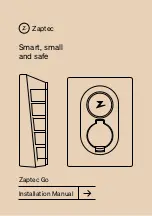
NU750_2_G5-FRA.qxd 25/07/05 10:00 Page 5.07
5.07
TYRES
(continued)
Incorrect tyre pressures
lead to abnormal tyre
wear and unusually hot
running, factors which
may seriously affect safety and
lead to:
- poor roadholding
-
the risk of blow-outs or of
throwing a tread at high speed.
Pressures depend on the load and
the driving speed. Adjust the
pressures according to the
conditions of use (see Tyre
pressures).
For safety reasons, this
operation must be carried
out by a specialist.
Fitting different tyres may change
your vehicle as follows:
- It may mean that your vehicle
no longer conforms to current
regulations.
- It may change the way it handles
when cornering.
- It may cause the steering to be
heavy.
- It may cause tyre noise.
- It may affect the use of snow
chains.
Tyre pressures
Tyre pressures must be adhered to
(including the emergency spare
wheel). Pressures must be checked
at least once a month and always
before a long journey (see Tyre
pressures).
Pressures should be checked when
the tyres are cold; ignore higher
pressures which may be reached in
hot weather or following a fast
journey.
If tyre pressures cannot be checked
when the tyres are
cold
, assume an
increase of
0.2
to
0.3
bar.
Never deflate a hot tyre.
Note:
a label (depending on country
or model) fixed to the edge or frame
of the driver’s door gives the
recommended tyre pressures.
Fitting new tyres
Changing wheels around
This practice is not recommended.
Emergency spare wheel
Refer to the information on the
emergency spare wheel and
instructions on how to change a
wheel in section 5.
NU750_2_G5-ENG.qxp 9/7/2005 5:21 PM Page 5.07 (Black plate)
















































